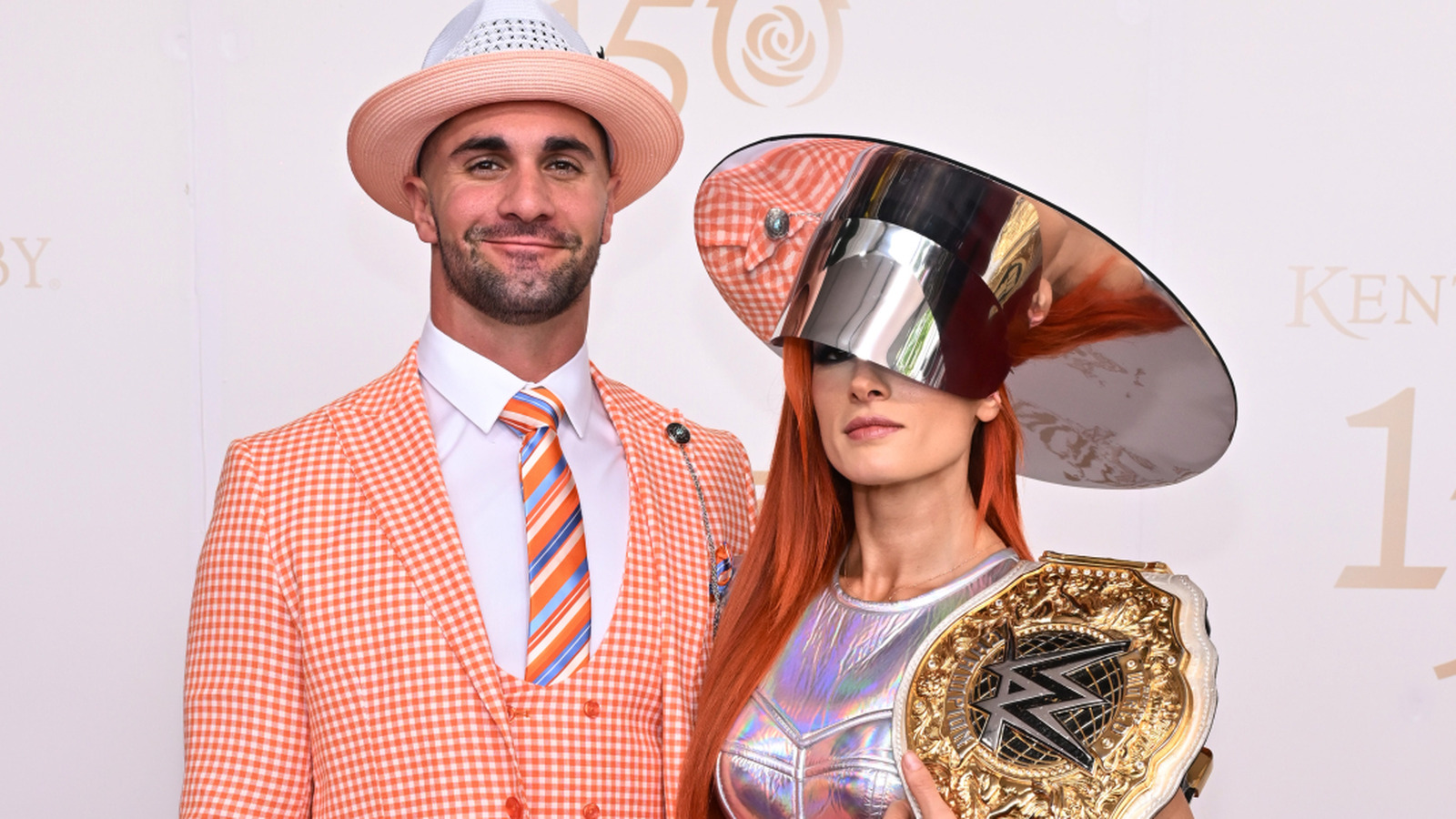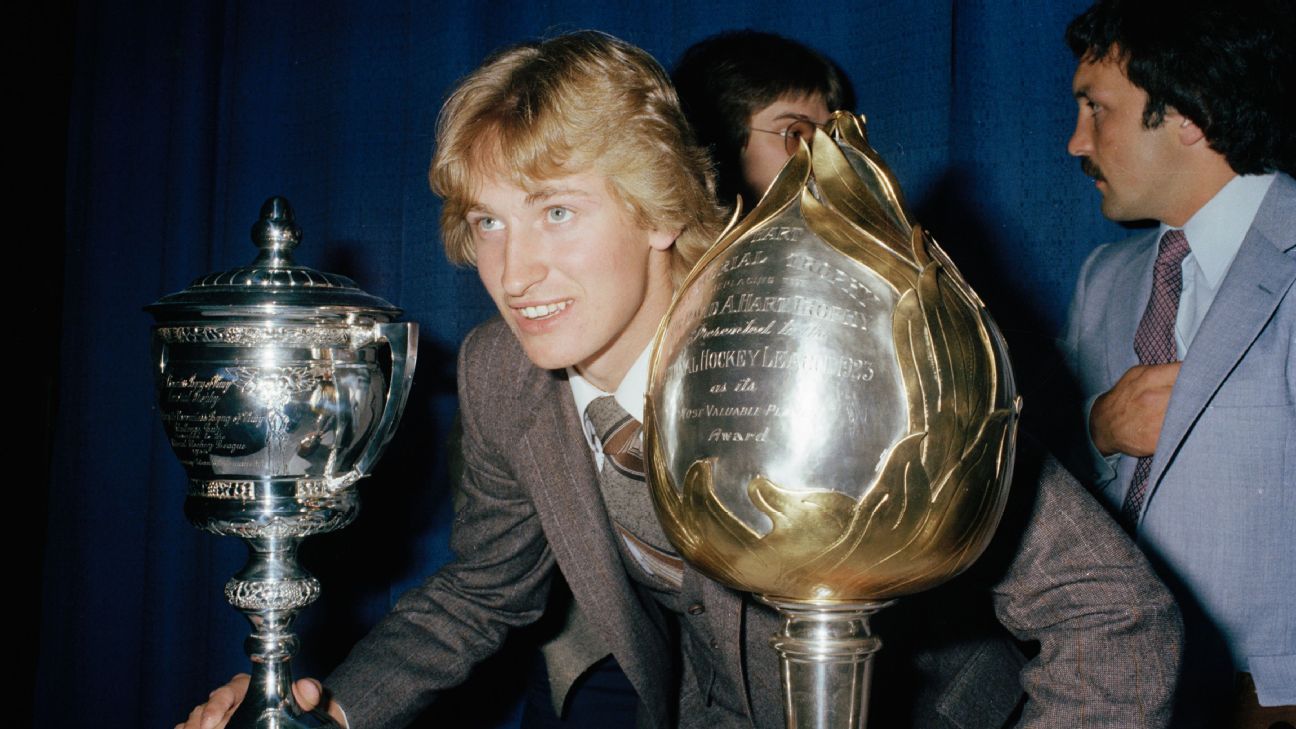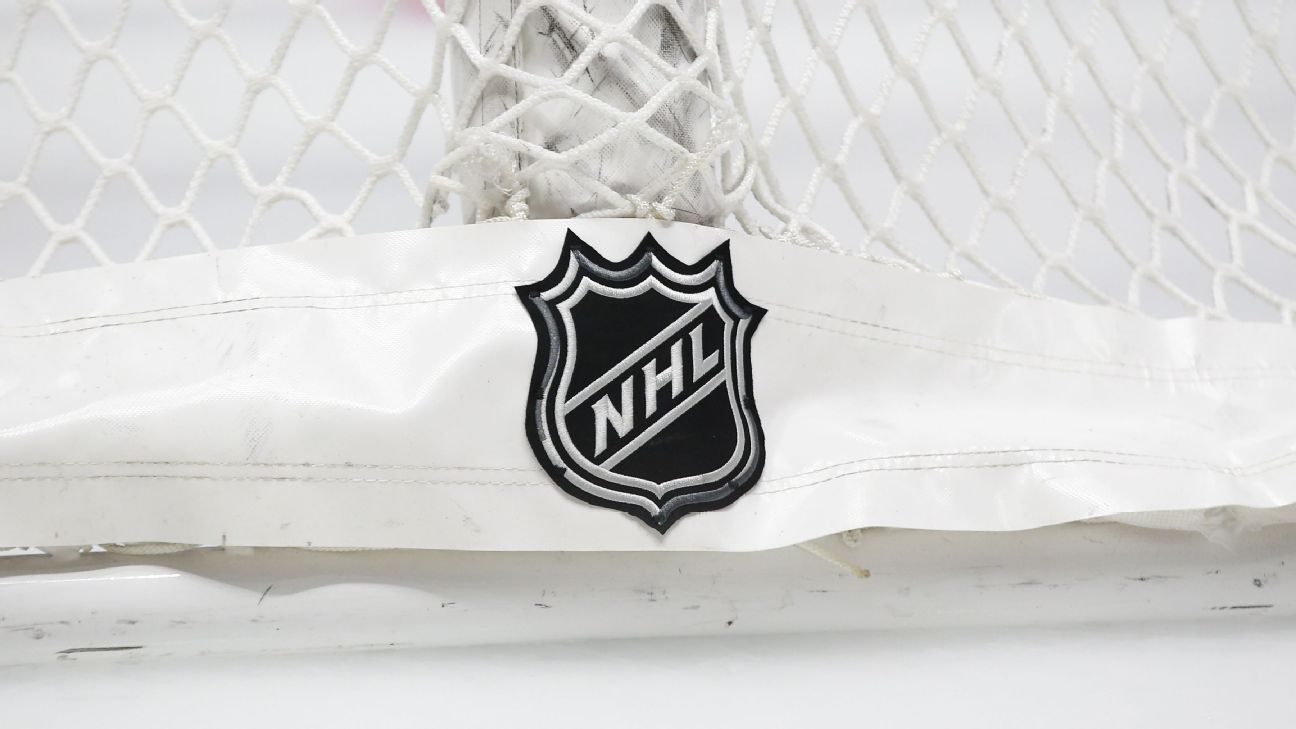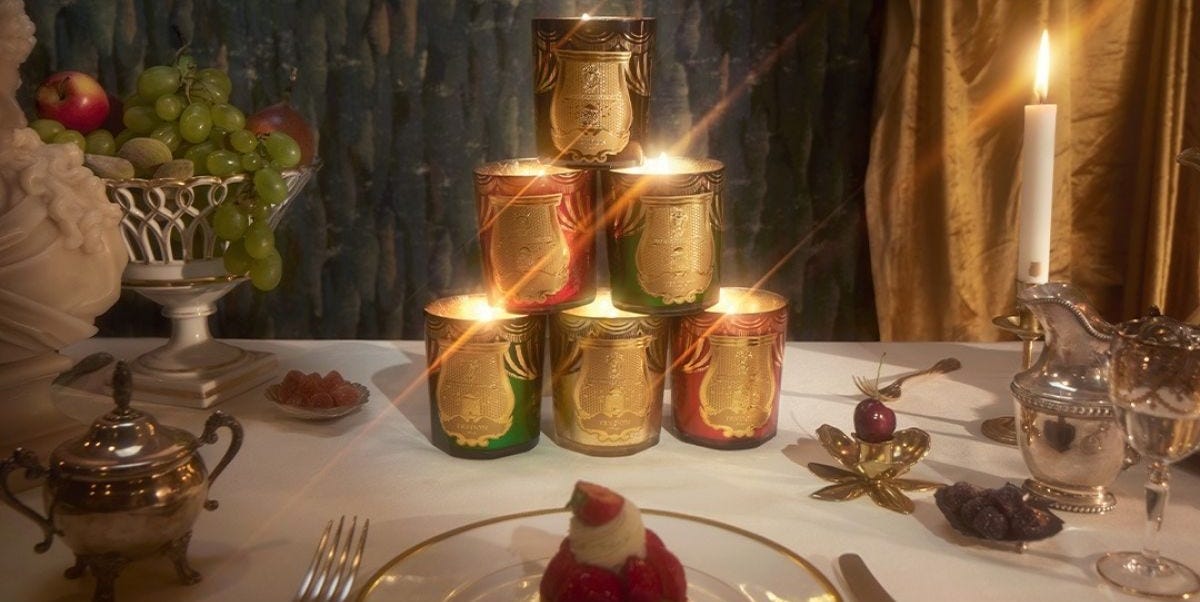‘Maida Heatter’s Book of Great Desserts’ Is a Delirious Introduction to a Baking Legend


Published in 1974, Maida Heatter’s first cookbook was full of perfect brownies and cakes, and plenty of humorous asides
Maida Heatter carried brownies with her wherever she went. They were always wrapped, for hygienic purposes, and also so her purse wouldn’t be filled with crumbs. She would distribute them to people she met during the day, the way other old ladies in Miami would give out hard candies. But this was not simple generosity. It was blatant self-promotion. If you were in the restaurant business or trying to sell cookbooks, especially in the pre-social media age, you had to prove over and over again that you had the goods. Heatter did — and she decided that the simplest way to make sure everyone knew that was to taste for themselves.
So I suppose it made perfect sense for Heatter to bring brownies with her to the 1998 James Beard Awards where her first cookbook, Maida Heatter’s Book of Great Desserts, was to be inducted into the Cookbook Hall of Fame. She carried them in a Versace shopping bag because she had style. Barbara Lazaroff, who was Wolfgang Puck’s then-wife and business partner, made an introductory speech. Heatter handed her a brownie. Then she reached into her bag again... and started chucking brownies into the audience.
“I could not believe what happened,” Heatter later wrote. “In the audience were Julia Child, Jacques Pépin, Martha Stewart (and her mother), Madeleine Kamman, Daniel Boulud, etcetera. The most sophisticated food people in the country. I had brought about fifty brownies. I wish I had more. The crowd went wild.”
I truly wish I could watch a video of this event. I would even sit through all the speeches, just for that one moment of brownie anarchy at the hands of a sweet-looking 81-year-old lady. Who probably couldn’t pitch very well, but that is all beside the point. Maida Heatter knew how to seize the moment.
But also — if these are brownies she wasn’t ashamed to throw at the people in the front row of the James Beard Awards, they’ve got to be pretty good, right?
Palm Beach Brownies were not in the original 1974 edition of Maida Heatter’s Book of Great Desserts. It did have a brownie recipe that Heatter said she’d been messing around with since she was 10 years old and was similar to Palm Beach Brownies, though slightly less excessive: They had a mere 6 ounces of butter, 5 ounces of unsweetened chocolate, and ¾ pound of sugar. But she’d included Palm Beach Brownies in the introduction to the book’s 1999 edition because she knew that, after the Beard Awards story, her readers were going to want to try them. And she was absolutely correct.
Palm Beach Brownies contain ½ pound each of butter and chocolate and more than 1½ pounds sugar, plus 5 eggs, which I realize is more of a luxury now than it was 25 years ago. Not that Heatter would have cared. She got the original recipe from the owner of a Florida deli — she had no fear of requesting recipes — and then spent years refining and perfecting it. The recipe itself is more than three pages long, starting with very precise instructions for lining the pan with foil so a baker can easily remove the brownies at the end. Heatter left nothing to chance. According to a 2002 Saveur profile, “Maida’s goal is a perfect dessert every time — and she wants those who follow her recipes to achieve the same end.” (Once a reader called her at home to complain about a recipe and Heatter invited her over for an in-person investigation. It turned out the woman was using margarine and eliminating the sugar.)
The brownies Heatter brought to the Beard Awards also contained walnuts and a layer of York Peppermint Patties. In the interest of avoiding controversy, I eliminated both these elements from my own. But I stayed true to the fundamentals: the beating of the eggs and sugar and instant coffee powder — a trademark of any Heatter chocolate recipe — for 10 minutes, the late addition of the melted chocolate and butter mixture and then the flour, the night in the refrigerator. And they were indeed perfect — “the biggest, thickest, gooiest, chewiest, darkest, sweetest, mostest-of-the-most,” to quote Heatter, “with an almost wet middle and a crisp-crunchy top.” They can easily be mistaken for pure fudge.
Following Heatter’s advice, I cut them into small rectangles instead of the traditional squares. Again, correct. If you tried to eat these in mass quantities, you might actually die. But happily. (They are also extremely heavy. My full batch, when it came out of the pan, weighed 3½ pounds.)
Heatter was a lifelong baker. She learned from her mother Sadie, who, she wrote, taught her that “cooking is an act of love — and a beautiful, mountainous escape.” Her father, Gabriel, was a radio broadcaster and commentator in New York from the 1930s until the early ’60s. During World War II, he began opening his broadcasts with the catchphrase, “Ah, there’s good news tonight!” Heatter claimed he would also say this when she baked him Mildred Knopf’s Orange Puff Cake, his favorite. (The recipe appears in Maida Heatter’s Book of Great Desserts.) I would guess he was the source of both Heatter’s optimism and her talent for self-promotion.
Heatter grew up on Long Island and on Park Avenue. She initially trained as a visual artist; her first career was making jewelry and painting silk neckties. Her first husband was a shoe designer. Her second was a department store heir. When they divorced, she got the house in Miami with the kitchen overlooking Biscayne Bay. Shortly after she married her third husband, Ralph Daniels — she won him over at their first meeting when she gave him a brownie — she began baking professionally. Baking, she believed, was also art. She convinced Daniels to retire from his job as an airplane pilot and open a cafe with her in Miami. She promised him that she would do all the hard work of baking desserts at home, and all he would have to do was transport them to the cafe either by car or by boat, pour coffee, and read the newspaper between customers. If he ever complained that running a cafe was a little more complicated than that, she never mentioned it.
Heatter was a meticulous baker, which she attributed to being a Virgo. She claimed she spent between 12 and 14 hours in the kitchen every day and had tested each of her recipes 15 to 20 times. She had cards printed with them to distribute to anyone who asked. She gave baking demonstrations in department stores. When national fame appeared, she was ready to meet it.
This was in 1968. The Republican National Convention and the national press were in town. Heatter thought a fun way to get attention would be to serve an elephant omelet. She tracked down cans of elephant meat at Bloomingdale’s in New York and called up chefs in Kenya for advice about how to cook it. It’s unclear whether she actually tasted it herself — she claimed it tasted “like giraffe’s neck” — and it’s also unclear whether anyone actually ordered it. But Craig Claiborne, the food editor of the New York Times, wanted to know more. Mission accomplished! When he showed up at Heatter’s house, she had 30 of her best desserts waiting for him, along with the omelet. Claiborne duly published some of the recipes in the Times (for the desserts, not the omelet), where he hailed Heatter as “hands down the foremost food authority in Florida,” and encouraged her to write a book.
It took her five years. On Claiborne’s advice, she went beyond the cakes she made for the cafe to include less easily transported desserts like souffles and ice cream. She wrote it out by hand, and when she finished, she put it into a box and sent it directly to Knopf because she’d heard they published the best cookbooks. Judith Jones, the legendary cookbook editor, was on vacation, so the manuscript ended up in the hands of another editor, Nancy Nicholas. Two weeks later, Heatter had a contract. And then an oven repairman told her that her oven temperature was off by 25 degrees, and she had to test everything again. Thereafter, she always advised her readers to use an oven thermometer, maybe even two, just to be sure.
Maida Heatter’s Book of Great Desserts came out in 1974. Heater was 58 years old. She posed for the cover with a kitchen counter laden with desserts looking absolutely delighted.
There is something timeless about Great Desserts, aside from the lack of photos — which is a shame, because by all accounts, Heatter had a gorgeous house, and I feel like she would have enjoyed showing it off. (Instead, it’s illustrated with line drawings by Heatter’s daughter, Toni Evins, that are both lovely and useless.) Some of the recipes, especially the European tortes and cakes, feel old-fashioned, but in a nice way, like the contents of your grandma’s curio cabinet. None of them feel aggressively 1970s. Only one — Raspberry-Strawberry Bavarian — contains Jell-O, and in the headnote, Heatter seems almost apologetic: “This is not an authentic Bavarian ... There’s not only no cooking involved, there’s not even any preparation. Just some stirring. Honest.” There is no lighting of things on fire in this book. No trendy appliances — even the ice cream could be made with a regular mixer and a freezer. And definitely no margarine.
The timelessness also comes from the feeling that Heatter has made all these recipes many, many times before. She writes things like, “Mixture will look curdled — O.K.” with great frequency. It’s easy to read a Heatter recipe and feel like you’re already in your own kitchen sifting the flour, “opening” the eggs, making room for layers of Dobosh torte. Once you actually do it, the experience is much like you’d imagined, except when you do stupid things like drop eggshells into the batter because you didn’t take Heatter’s advice to crack them into a separate bowl. But Heatter also has advice about fishing them out. And if you do everything else she says, you will end up with a perfect lemon cake or pan of brownies or even a chocolate roll. Which I did.
“Instead of keeping you hopping like a drill instructor, her words built a world around you,” her final editor Michael Szczerban wrote in a tribute after she died in 2019 at the age of 102. “Her writing made me feel I understood what was happening in the recipe, with cues to prevent a cook from getting lost in the middle of the adventure and plenty of detail borne from serious experience.”
Like other great artists, though, Heatter didn’t confuse seriousness with solemnity. Sometimes she included little asides, the way she would if you were in the kitchen together — like how she’s not quite sure how to respond to people who tell her that her Coffee Buttercrunch Pie is better than sex. Maybe this is why readers didn’t feel threatened by her perfectionism the way they were by Martha Stewart’s. Instead they found it reassuring. She has attracted her own share of fans, including Martha herself, Dorie Greenspan, and Phillip Oliver, the author of the blog Mad About Maida, who has, for at least the past decade, set to baking all of Heatter’s recipes, a la Julie and Julia. Sometimes he makes them twice, in the interest of getting it right. Heatter would approve.
Perhaps the only better tribute would be to carry around brownies to hand out Heatter-style. You do get used to them, I’ve learned, so you don’t feel tempted to eat them all. If I worked in an office, I would throw them at people during meetings. Unfortunately, I have to settle for pressing them on neighbors and leaving a tray out for the mail carrier and delivery drivers. If the ghost of Craig Claiborne happens by, I’ll give one to him, too. You never know where it might lead.
This is, I am sad to say, the final entry in Shelf Stable, at least for now. I hope you enjoyed reading these columns just as much as I did writing them.
Aimee Levitt is a freelance writer in Chicago. Read more of her work at aimeelevitt.com.
















































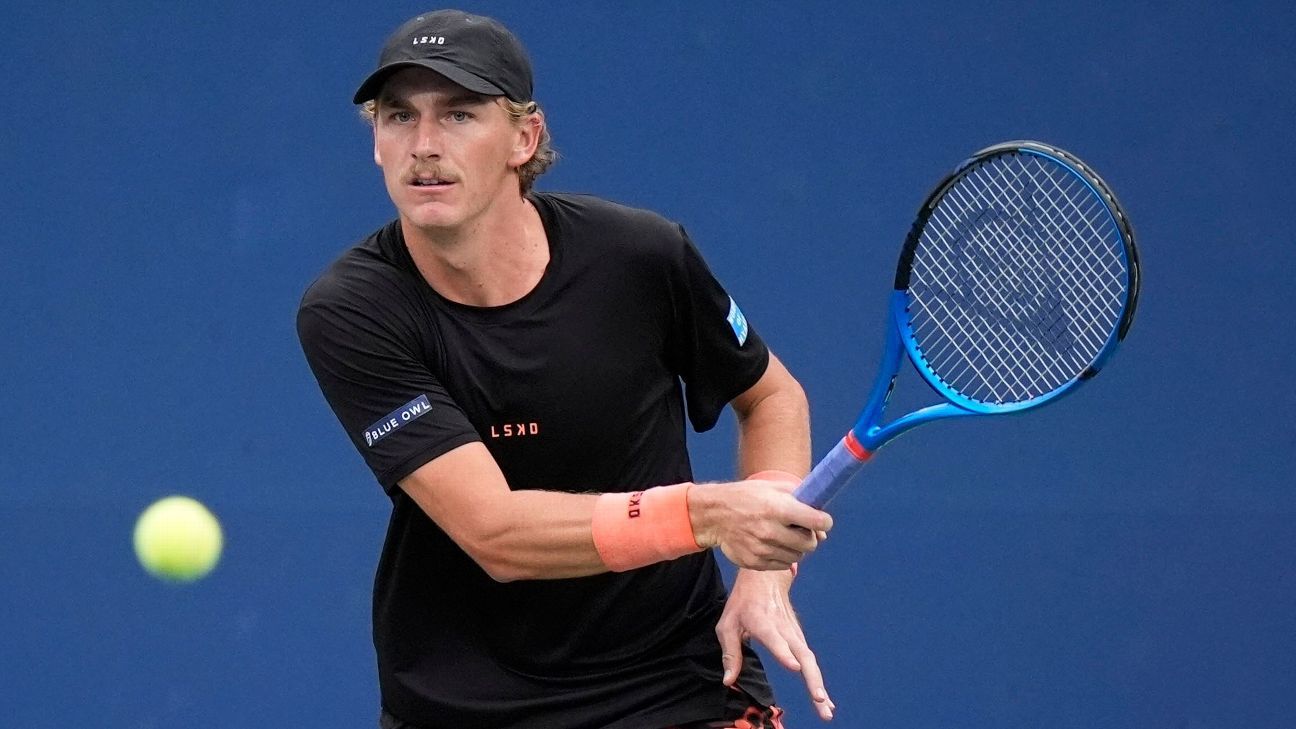













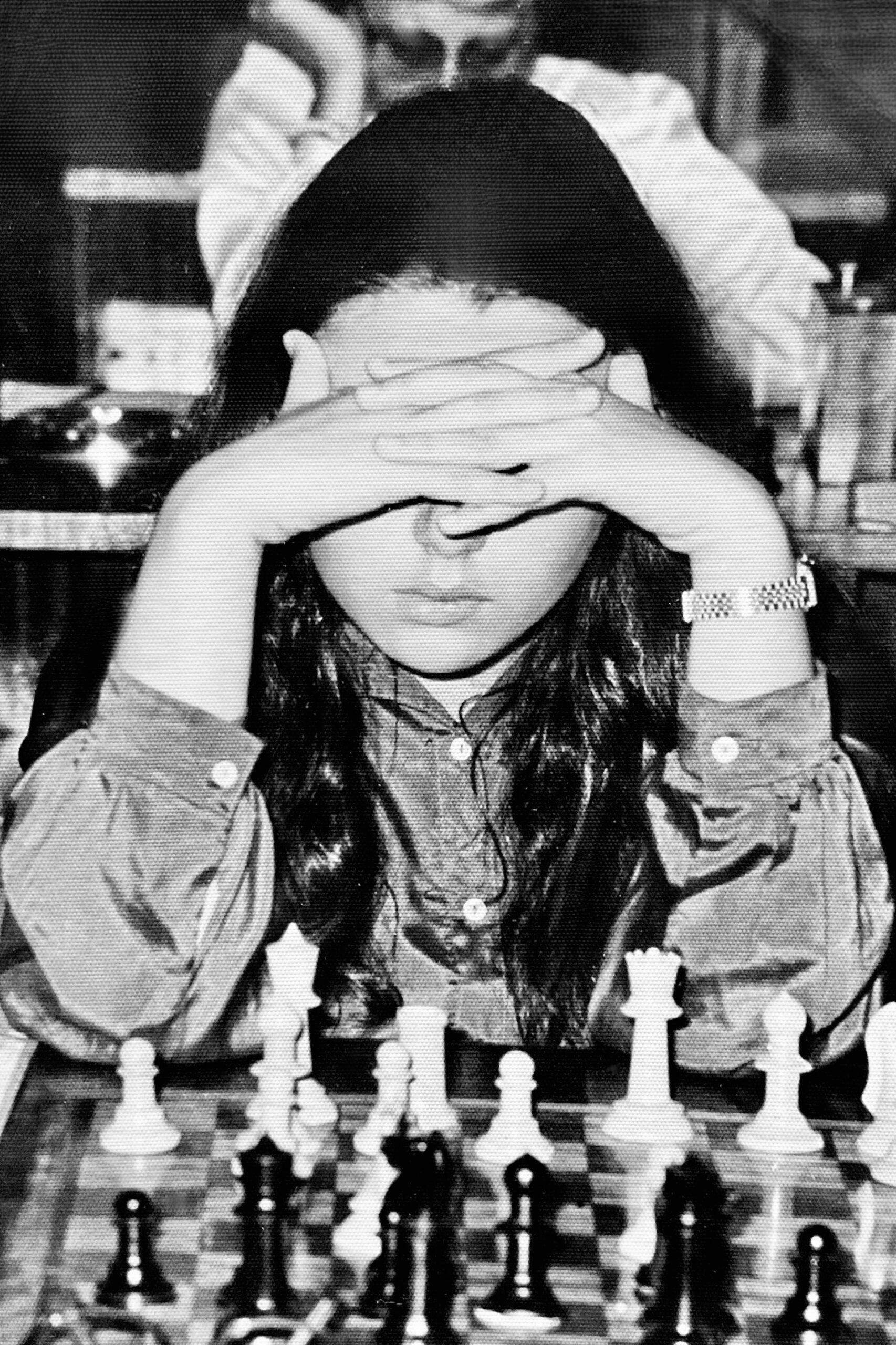




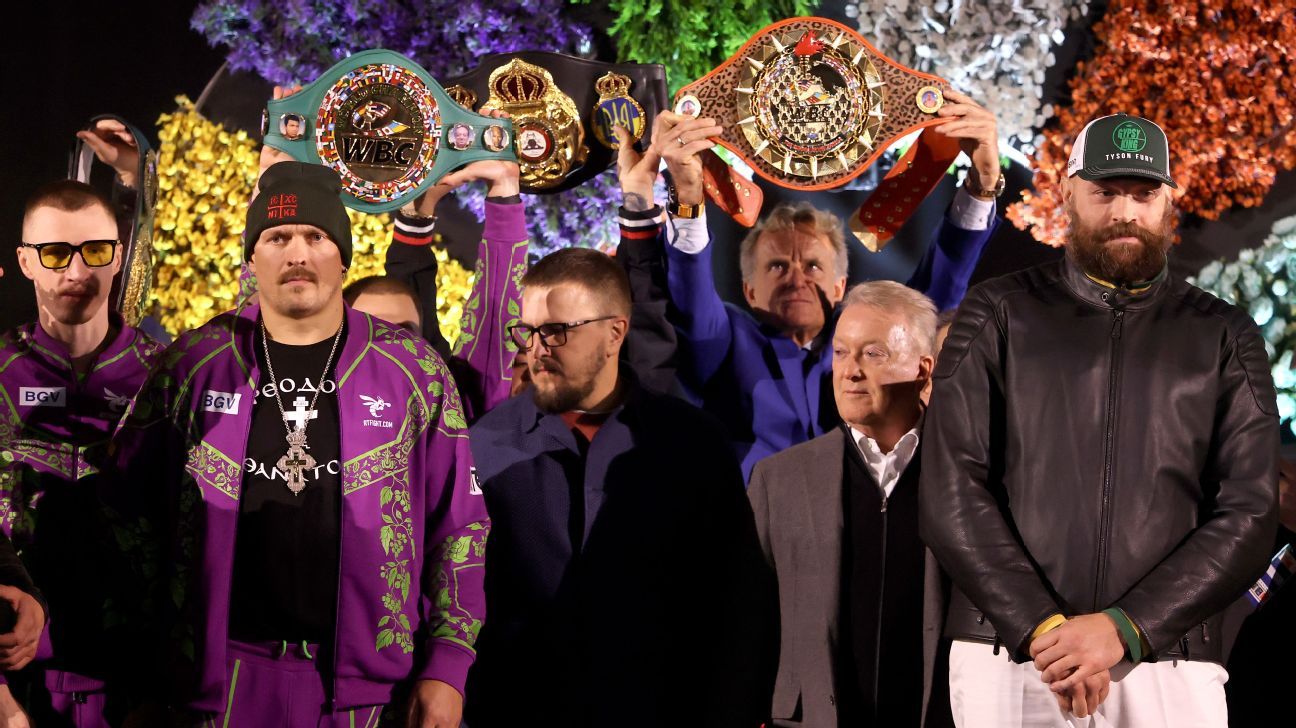


![Best 10mm 1911 Pistols [Field Tested]](https://gundigest.com/wp-content/uploads/10mm-1911-feature-colt-delta-elite.jpg)

